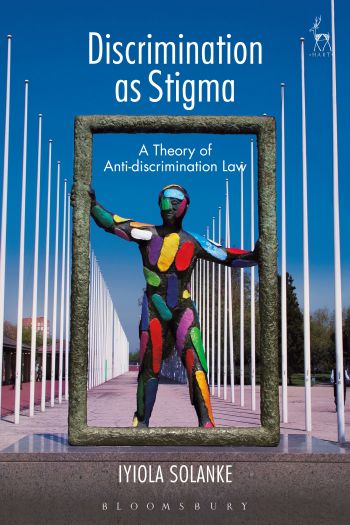We will be closed from 5pm Thursday 17th April for the Easter Bank Holidays, re-opening at 8.30am on Tuesday 22nd April. Any orders placed during this period will be processed when we re-open.

This monograph contributes to understanding of anti-discrimination law and theory. It explores questions surrounding the logic of equality law and reviews current theoretical approaches to this area of law.
Using sociological theory, the author presents an anti-stigma principle and promotes it as a method to determine the scope of legal protection from discrimination.
The anti-stigma principle departs from structural stigma – structural stigma recognises the role of both individual and institutional action in the process of stigmatisation. In so doing, it offers a practical method to reconstruct anti-discrimination law so that it incorporates both individual and social responsibility.
In developing and applying the anti-stigma principle, the book draws upon case law from jurisdictions including the UK, USA and Canada, as well as wider international law.